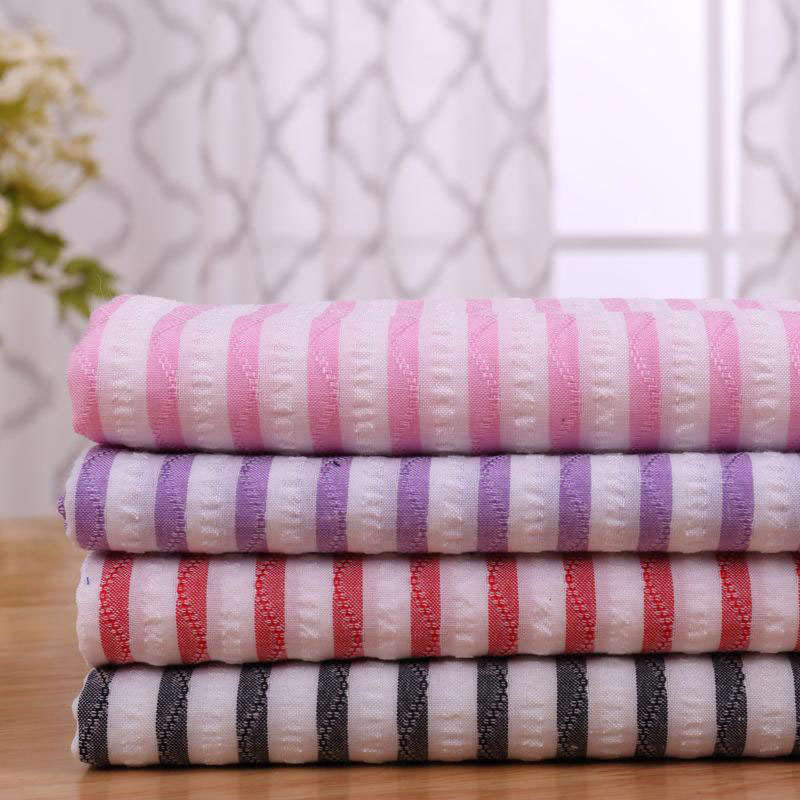
As the market's requirements for textile quality and design continue to increase, textile printing technology is undergoing a revolutionary transformation. In the past few years, the quality and technical level of textile printing have improved significantly, and new printing technologies have continued to emerge, making textiles more widely used in fashion, interior decoration and other fields.
As early as decades ago, traditional screen printing technology had become the mainstream of textile printing, but with the advancement of technology, digital printing technology has risen rapidly. Digital printing not only improves the accuracy and speed of printing, but also provides greater flexibility in design. For example, direct inkjet printing technology allows for more experimentation and creation in complex patterns and colors, greatly enriching the market potential of products.
High-quality textile printing technology is becoming more and more common in the fashion and interior decoration sectors. Brands use personalized printing designs to attract customers and enhance the market competitiveness of their products. Whether on fashion shows or in interior design, exquisite printed patterns can bring visual enjoyment to consumers and inspire the desire to buy.
Future textile printing technology will continue to develop towards high quality, environmental protection and intelligence. We can foresee that with the application of new environmentally friendly materials and the integration of intelligent manufacturing, the textile printing industry will usher in greater innovation, helping enterprises to remain invincible in the fierce market competition.

In short, high-quality textile printing technology can not only perfectly present design concepts, but also help companies gain opportunities in the competition. For industry participants, only by keeping abreast of the development of new technologies and using high-quality printing can they succeed in the rapidly changing market.
